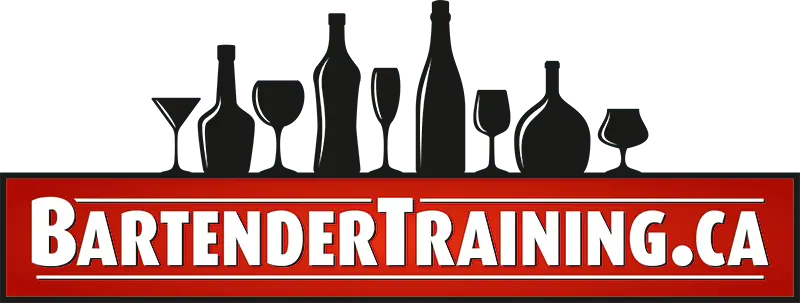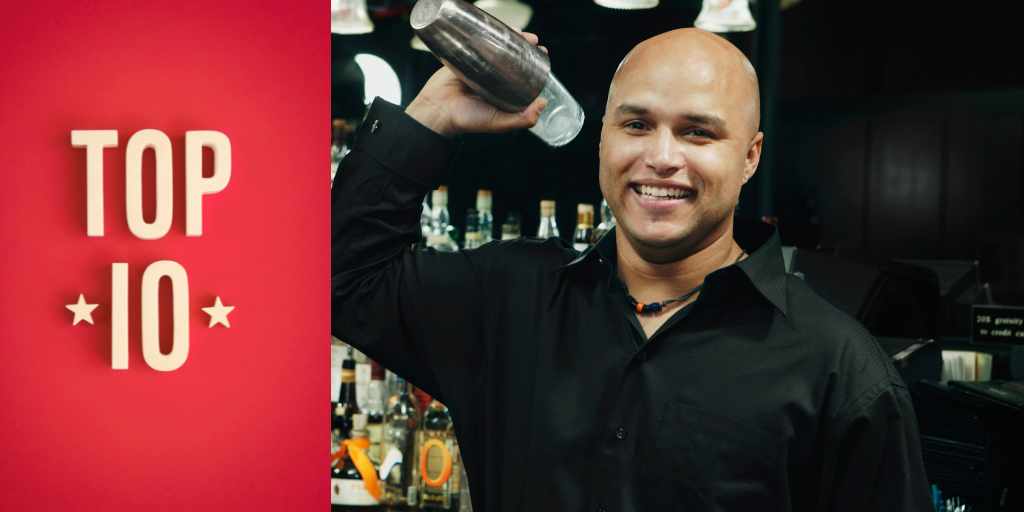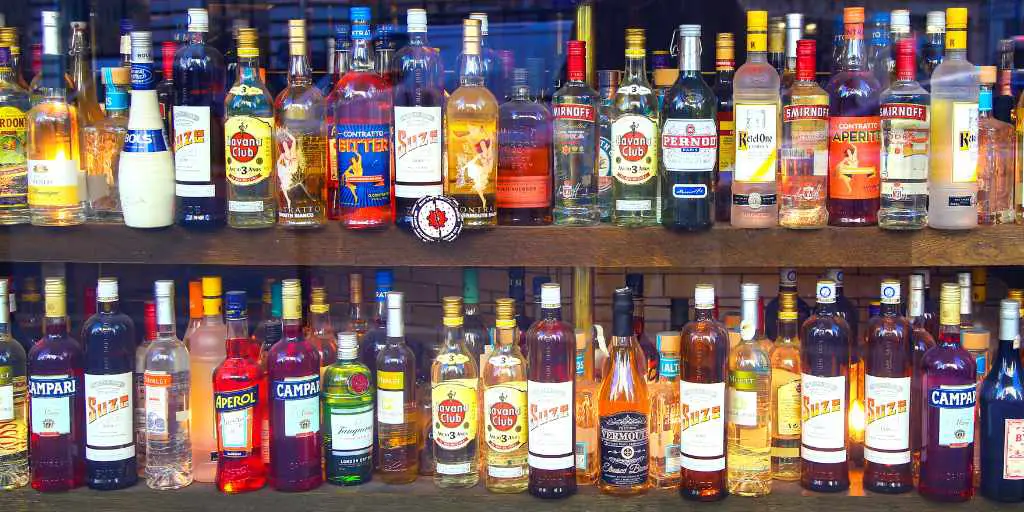Bartending is not the easy, social party fest that non-bartenders often think it is. What’s so hard about mixing drinks and chatting up the customers? As it turns out, quite a lot. Bartending is often a high-flying, high-stress job, and learning how to be a better bartender takes time and practice.
Despite the chaos of a slammed bar, precision is still the key. Drinks must be mixed right, tabs closed and opened, new customers acknowledged, and money exchanged, all while a line of servers are waiting on you to fill their trays with enough alcohol to drop a rhinoceros.
Fortunately, there is a lot of fun to be had as a bartender. No one would ever do it if it was only about the above. If there is one thing to take away from the following tips, it’s that bartending is a never-ending learning process.
Learn a New Drink Every Day
No matter how isolated your bar is, there is always going to be that one person from out of state that wants a “Four Horseman” or a “Rumplestiltskin’s Buttery Nipple.” Okay, we made that last one up.
But, the point is, just because you’re familiar with drink mixes in North Carolina doesn’t mean they rock the same drinks in Massachusetts. In fact, a Four Horseman in Jacksonville, Florida, is not the same thing as a Four Horseman in Fredericksburg, Virginia.
It’s a good idea to learn a new drink each day and the various mixes in a specific drink that are dictated by location.
As well, consider leaning some tricks, like how to smoke a glass for a cocktail in this article, that can make your drinks more memorable to customers.
Card Everyone
This doesn’t have much to do with mixing drinks, but it’s one of the most important aspects of being a bartender. In a lot of places, missing one person in that crowd of 75 (that one person being underage), will cost you your job. No ifs, no ands, and no buts. You’re done.
If you like bartending and the amount of money you’re making through tips, card them all. Every fresh face that pops up on a barstool gets carded, whether they haven’t started growing their facial whiskers yet or are old enough to discuss their real-life meeting with King Edward I.
Everything Has Its Place
Get to work before it’s time for you to start. That way you can put everything in place where you are used to finding it. Nothing is worse than New Year’s Eve, and you can’t find that extra rack of long shot glasses.
You’ll be stunned at how much easier it is to work fast and smooth when you know where everything is, rather than coming in and taking over as the bartender before you is on their way out the door.
Rhythm is everything and it’s much easier to get into your rhythm when you know where everything is at when you need it. It becomes essential when the bar is really hopping and enough people are coming in that the front doors rarely close all the way.
Experiment
Not only will experimenting help you discover some new and nifty flavour profiles, but it will also teach you the fine art of substitution. For instance, a customer wants a Bitter Swagger, and you are fresh out of Amaro.
Fortunately, because you have experimented and messed around with certain ingredients, you know how to switch the Amaro you don’t have with Chartreuse. You just saved yourself a customer and may even get yourself a tip out of it.
That’s neither here nor there; however, the point is to keep them coming so, you can make the bar some money—along with yourself, of course.
Always Act Like the Bar Is Slammed
It pays to be prepared, not only in your methodology but also in your work ethic. The bar is not always going to be dead; otherwise, you wouldn’t have a job there. It will get slammed, and you need to be ready for it.
The best way to be ready is to always act like the roof is coming off the place. Sure, your coworkers and servers might look at you funny, but when the rubber hits the road, you’ll be flying high while they’re sweating, stressing, and wishing they called in sick.
When the bar really is slammed, you won’t feel any different than you normally do since you work that way all the time.
Mark Trouble Before it Marks You
Most of the time, it’s not hard to spot the chaotic drunk. They may not be chaotic yet but put a pitcher of Coor’s Light in their bellies or a couple of rounds of Buffalo Trace, and they’re a whirlwind of trouble—trouble you don’t need.
Never ignore the crowd and the individuals in it. Grow eyes in the back of your head. Make drinks and pay attention. They’re typically loud, rude, obnoxious, boisterous, and more than happy to make physical contact with others when they’re shouldering up to the bar.
However, that’s not always the case. Sometimes it’s the guy sitting down on the end, silently brooding over shot number six. Talk to that guy when you get a chance. Figure out whether or not he has trouble written all over him.
When you find the trouble, stop serving them if they’ve had too much or shut them down. If you have bouncers in the crowd, call their attention to that individual or group. Not to muscle them, at least not yet, but to be on their toes if things go down.
Prepare Some Drinks Ahead of Time
Some drinks are not made to be mixed in a large container and poured. However, the customers don’t need to see those. Mixing individual drinks is best for those sitting at the bar, practically face-to-face with you.
However, for all of the remaining patrons spread throughout the bar, a massive container or 10 sitting in a cool spot makes the server’s job so much easier. Yours too, since you won’t have to hand mix all of those drinks individually. It’s already mixed in the pitcher and ready to go.
The longer you work there, the more you will learn about what sells the most on any given night, which gives you a leg-up when it comes to preparation work.
Know the Bar and the Costumers
This one feeds directly from number 7. The more you know about your regulars and the locals attracted to your bar, the more you will know when it comes to stocking up on certain ingredients, specific glasses, and what mixes you can prep beforehand.
If the bar is a popular pool hall as well, you already know to have plenty of kegs ready and a ton of pitchers. For upscale bars, your top-shelf liquor and cocktails will be in high demand. If you know your customers, you know your drinks and you can prepare better.
See this article for a list of things one bartender wished she knew when starting in the industry.
Control the Music
If you stop and think about music in terms of persuasion, you’ll be blown away by the level of control you can exert over the entire bar, especially if you have control of it. For instance, you can increase drink flow and customer exchanges with soft music on a slow day.
Turning up the volume also works pretty well when it comes to increasing drink sales. You need to cater to your crowd as well. Young crowds prefer R&B, techno, and rap. Some young crowds like heavy rock and even metal.
Never play any of those if your crowd is primarily country music types or vice versa. Once you get the hang of the music and your patrons, you will have a grasp on the ebb and flow of things. The level of control you can exert will surprise you.
Self-Awareness
When you are bartending, you’re running the bar. If you’re not up to it, it’s going to be a long night. Keep yourself in shape and your brain sharp. Don’t get hammered with the rest of the bar. Not only will it impede your abilities in the present, but the hangover will also affect your work the next day.
You have to throw around a pretty significant amount of math all night too. It’s not complicated math but it is redundant, and you will have to get used to fast counting constantly. None of that is easy on the fly, and especially when you’re so snockered you see two glasses for everyone.
When you go home, don’t let the party follow you. Have a pretty regular routine that includes eating well and getting plenty of sleep. When you’re off the next day, feel free to party down but keep that under control when you have to work the bar. If you don’t, you’ll regret it in the long run.
Bottom Line
There you have it—10 tips on how to be a better bartender. Of course, there is more to it than that because every bar is different, and every crowd is different. The best thing you can do is learn every day. If you’re new on the job, you’ll be surprised at how well you flow three months down the road.
Also, if you’re just starting out, we’ve got some tips for new bartenders here.




